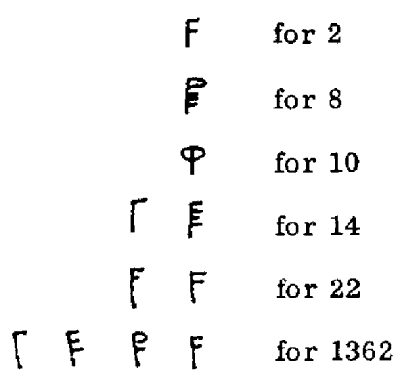 |
Science Frontiers ONLINE No. 48: Nov-Dec 1986 |
|
|
The kensington stone: a mystery not solved
It is safe to say that the great majority of professional archeologists consider the Kensington Stone, with its runic inscription, to be a hoax. E. Wahlgren's 1958 book bears the title: The Kensington Stone: A Mystery Solved. This title reflects the professional attitude, although not the disdain, even contempt, with which academics now view this controversial artifact.
Two major challenges to the authenticity of the Kensington Stone are:
(1) Its use of Arabic number placement: that is, decimal placement, and (2) Its use of the symbol ![]() for 10.
for 10.
Professional archeologists and epigraphers maintain that genuine runic inscriptions did not use these Arabic innovations.
In the present article, R. Nielsen, University of Denmark, demonstrates with actual, well-established runic inscriptions that the above criticisms are without foundation. Such notation and convention were employed. In fact, the use of Arabic innovations actually supports the authenticity of the Kensington Stone.
(Nielsen, Richard; "The Arabic Numbering System on the Kensington Rune Stone," Epigraphic Society, Occasional Publications, 15:47, 1986.)
Reference. For more on the controversy surrounding the Kensington Stone, see our handbook Ancient Man. Details at: here.
